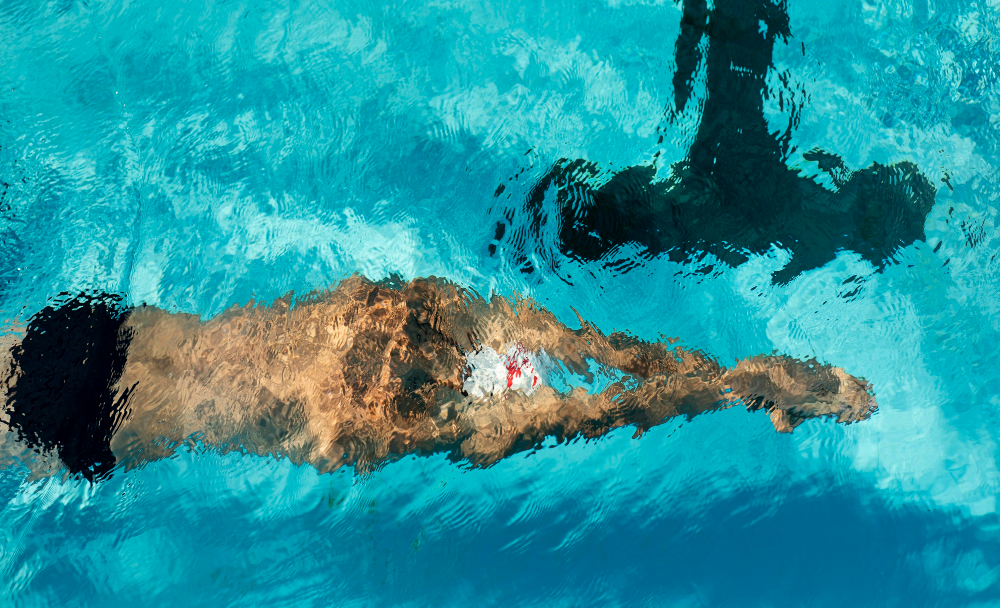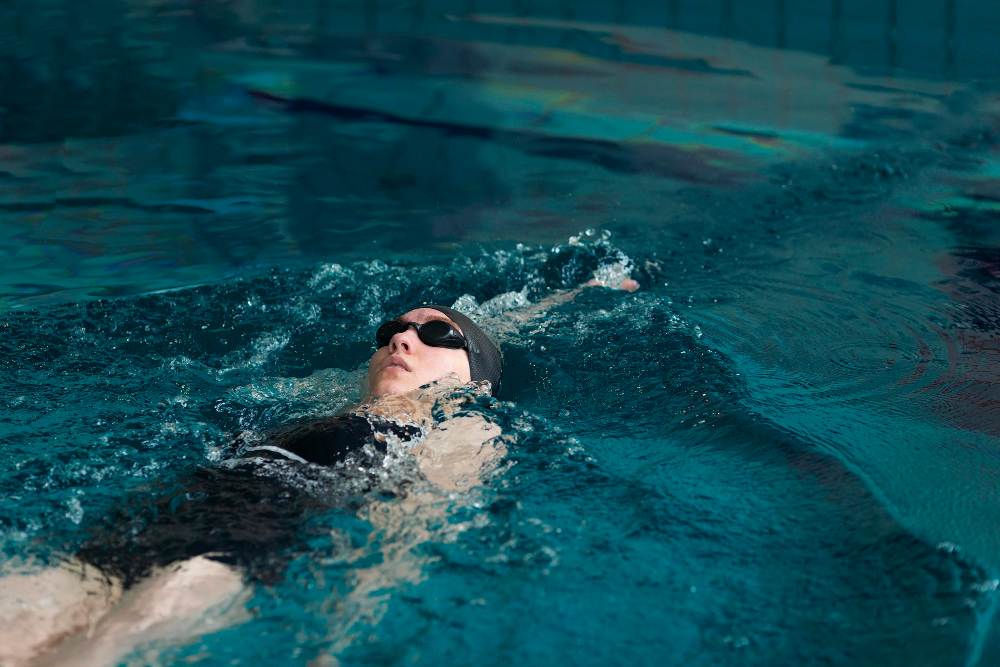Introduction
In a world surrounded by oceans, lakes, and pools, the ability to swim is not just a skill; it’s a life-saving necessity. Unfortunately, the lack of swimming ability remains a significant concern, contributing to drowning incidents globally. This blog delves into the reasons behind the lack of swimming ability, the consequences it carries, and effective ways to bridge the gap and empower individuals with this essential life skill.
Understanding the Problem
The lack of swimming ability stems from various factors, often rooted in childhood experiences, geographical constraints, or cultural influences. In some cases, individuals may have never had the opportunity to learn, while others may harbor a fear of water due to a traumatic incident. Regardless of the reasons, the consequences are profound, as the inability to swim limits not only recreational activities but, more critically, can result in life-threatening situations.
Consequences of Non-Swimmers
- Increased Risk of Drowning: The most immediate and severe consequence is the heightened risk of drowning. In emergency situations, the inability to stay afloat and navigate water can be fatal.
- 2. Limited Recreational Opportunities: Beyond safety concerns, non-swimmers miss out on the joy and health benefits associated with aquatic activities. Swimming is an excellent form of exercise, promoting cardiovascular health and overall well-being.
- Impact on Mental Health: Fear of water or the stigma associated with not knowing how to swim can negatively affect mental health. Overcoming this fear and acquiring the skill can boost confidence and reduce anxiety.
Ways to Improve Swimming Ability
- Enroll in Swimming Lessons: It’s never too late to learn how to swim. Many community centers, gyms, and private instructors offer swimming lessons for individuals of all ages. Look for programs that cater to beginners, providing a gradual and supportive learning environment.
- Start with Basic Water Familiarization: For those with a fear of water, start small. Spend time in shallow areas, gradually increasing the depth as comfort grows. Familiarity with water is a crucial first step.
- Seek Professional Instruction: A certified swimming instructor can provide personalized guidance and address specific challenges. They can teach proper techniques, and breathing exercises, and build confidence in the water.
- Practice Regularly: Like any skill, improvement comes with practice. Dedicate time to regular swimming sessions to reinforce learned techniques and enhance endurance.
- Utilize Swim Aids: Beginner swimmers can benefit from using floatation devices, such as noodles or life jackets. These aids provide added buoyancy, allowing individuals to focus on learning strokes and building strength.
- Join Swim Clubs or Teams: For a more social and structured approach, consider joining a swim club or team. Group settings offer camaraderie, motivation, and the opportunity to learn from experienced swimmers.
- Stay Consistent and Patient: Progress may be gradual, but consistency is key. Celebrate small victories, and don’t be discouraged by setbacks. Patience and perseverance are essential elements of the learning process.
- 8. Challenge Yourself Gradually: As confidence grows, challenge yourself with new swimming techniques, longer distances, or deeper waters. Gradual progression ensures a steady and sustainable improvement.
Conclusion
Addressing the lack of swimming ability is not just about acquiring a skill; it’s about fostering a culture of water safety and empowerment. Everyone, regardless of age or background, should have the opportunity to learn how to swim. By understanding the barriers that contribute to the lack of swimming ability and actively seeking solutions, we can collectively reduce the risk of drowning incidents and open the doors to a world of aquatic enjoyment and well-being.
Whether you’re a non-swimmer contemplating your first lesson or someone looking to support a friend or family member on their swimming journey, remember that it’s never too late to break the surface and discover the transformative power of swimming. In the ripple effect of individual progress, we can create a wave of change, turning the tides on the lack of swimming ability and fostering a safer, more confident aquatic community.




